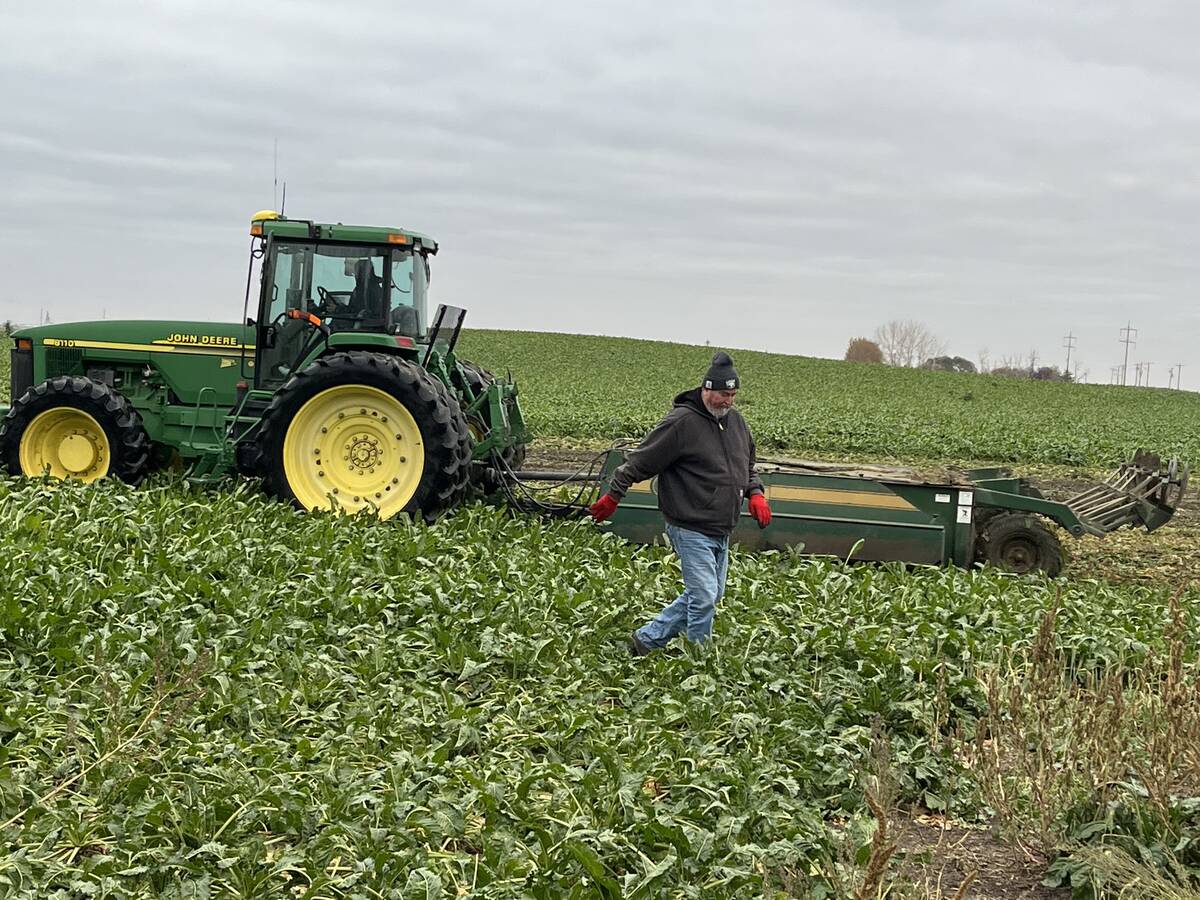RIFLE HUNTERS
Hunting garb requirements have changed under Saskatchewan’s wildlife regulations.
Instead of wearing a full outer suit from the waist up, big game hunters can now wear a vest.
Allowed colours for the vest are scarlet, bright yellow, blaze orange or white. The vest can be a single colour or any combination of the allowed colours.
Hunters will also be able to wear the high visibility safety vests or jackets that are popular among construction workers. They are typically bright green-yellow with reflective bands.
Read Also

Weight-loss drugs and health initiatives hammer a crop that usually provides an economic cushion
Americans are simply eating less sugar. Consumption started to decline in the 1990s as artificial sweeteners grew in popularity. Farmers this year planted their smallest sugar beet acreage since 1982.
The colours are regulated by the Canadian Standard Association and carry a CAN/CSA Z96-02 Level 1 or Level 2 label.
This standard was updated to CAN/CSA Z-96-09. Hunters wearing either label are conforming to this regulation.
Hunters are also allowed to wear commercially available garments or caps that include a small label or crest. The label or patch may not exceed 100 sq. centimetres on the outer garment or 50 sq. cm for headwear.
The colour requirement for headwear (caps or toques) remains unchanged from scarlet, bright yellow or blaze orange.
Funding supports bioproduct sector
Bioindustrial Innovation Canada will receive $7 million in federal funding for a national bioproducts cluster.
The cluster will join technology development projects to look for long-term solutions to farm waste, which may eventually allow farmers and food processors to find additional profitable markets.
Government and industry scientists will work together to focus their research on global demand for environmentally friendly bioproducts.
They will look at using food byproducts to make gums and landscape products. They will also develop new varieties of wheat, rye and triticale that can be used to produce biochemicals and bioenergy.
A government fact sheet estimates the global market for bioproducts will reach $200 billion by 2030.
Livestock genetics funding
The Canadian Livestock Genetics Association has received $1.6 million in federal funding as part of the Growing Forward 2 initiative.
It is retroactive to April 2013 and will carry through to next March.
The association will use the funding to promote, train and provide educational material to livestock organizations.
The goal is to increase the sale of Canadian dairy and small ruminants (sheep and goats) genetics globally.
The sale of livestock genetics has a target growth of 10 percent by next year.
The industry hopes to increase its $120 million export sales from last year to $123 million.
The increase would provide opportunities to dairy farmers and goat and sheep breeders.
ROYAL WINE COMPETITION
The Royal Agricultural Winter Fair recently organized the biggest wine competition it has ever held.
Some of Ontario’s most respected wine experts judged a variety of vintages, including Jennifer Huether, Canada’s first female master sommerlier.
Wineries entered a range of classes for white, rosé, red, and dessert wines. A Best in Show winner was selected for each category, along with an overall Best in Show prize.
The Overall Best in Show and Best in Show White winner was Megalomaniac/John Howard Wines’ “Bubblehead” Sparkling Pinot Noir.
Stanners Vineyard’s Pinot Noir took home the Best in Show Red while Henry of Pelham Family Estate’s rosé won for Best in Show Rosé. The winner for Best in Show Dessert was Rockway Vineyard’s Vidal Icewine.
A selection of winning wines will be served at dining venues at the Royal, which will be held Nov. 7-16 in Toronto.














